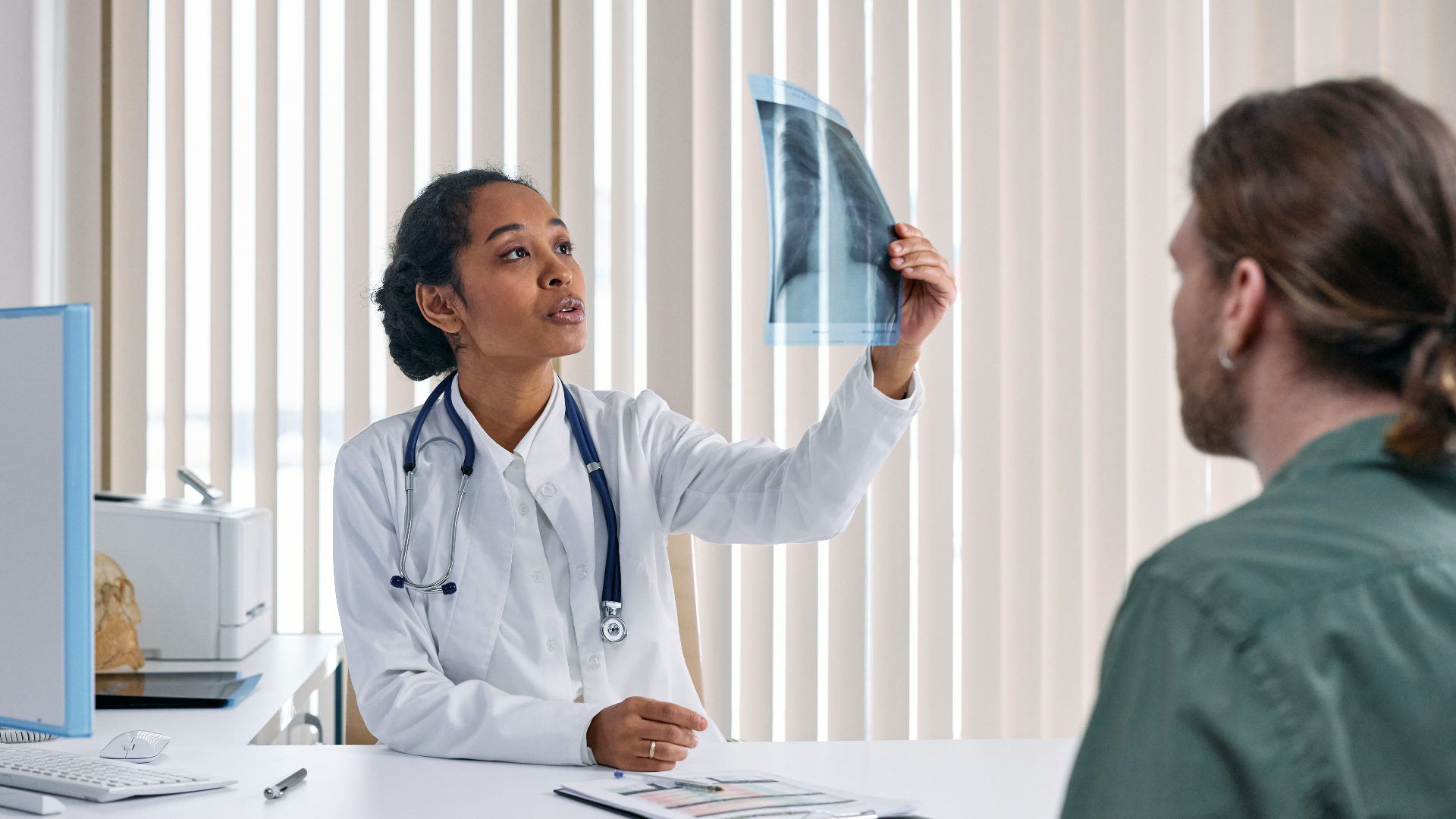Traumatic Spinal Injury part 1
In the major trauma patient, spinal injuries are common. A majority will be stable, however, some will be unstable, risking spinal cord injury (SCI) and damage. In adults the spinal column consists of 26 vertebral bones. 7 in the Cervical vertebrae (C1 – C7), 12 in the Thoracic vertebrae (T1 – T12), 5 in the Lumbar vertebrae (L1 – L5), the Sacrum which is formed from 5 fused vertebrae (S1 – S5), and the Coccyx which is formed of 4 fused small vertebrae. Depending on the site and type of injury will affect the signs and symptoms displayed by the patient.
There are several types of spinal injury that can occur:
Spinal shock – A spinal shock injury relates to the temporary loss of motor and often sensory function below the site of injury. Loss of function may go on for some considerable time before recovering. While the patient is suffering spinal shock, physiological deficits will still be present depending on the site of injury and affected organs and tissues, as such, they may require resuscitative measures such as BVM ventilations and management of neurogenic shock.
Incomplete spinal cord injury – Incomplete spinal cord injury is where there is partial damage to the spinal cord. Depending on the area and severity of injury will determine the amount of motor and sensory function affected. This may also affect one side of the body rather than both sides. Over time it is possible for a patient to recovery some motor and sensory functions, but each case may be different.
Complete spinal cord injury – Complete spinal cord injury is where there is complete and permanent injury to the spinal cord. Following the injury, the patient will lose all motor and sensory function below the site of injury. This can be deadly depending on how high the injury is as it may stop the patients’ spontaneous respiratory function.
Generally, the higher up the spinal cord, the greater amount of motor and sensory function lost. A complete SCI between C1 and C5 will result in quadriplegia and the loss of spontaneous respiratory function. Without treatment and supportive ventilation, the patient will go into respiratory arrest. Between C6 and T1, the patient will still have spontaneous respiratory function, but will likely be quadriplegic. From T1 to T12 the patient would likely be paraplegic. From L1 to L5 the patient would have some loss of motor and sensory function in the hips and legs. Depending on the strength of their legs, they may be able to walk with braces and other walking aids. Sacral nerve damage can result in some loss of motor and sensation function to organs in the pelvic area and in the hips and legs. A patient with sacral injuries will likely be able to walk.
